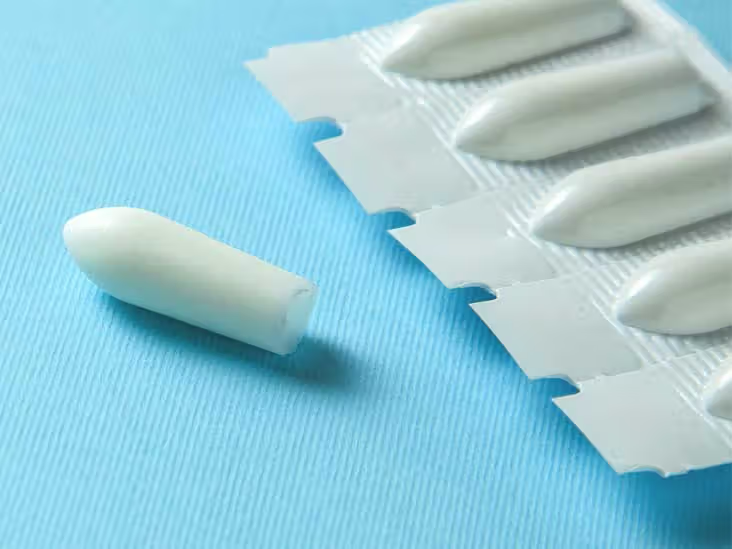Suppositories are a unique form of medication delivery that many people might find a bit unfamiliar or even intimidating. Unlike traditional pills or liquid medicines, suppositories are inserted directly into the body, allowing the medicine to be absorbed quickly and effectively. But what exactly are they used for, and how do you use them properly?

What Are Suppositories?
Suppositories are solid, bullet-shaped doses of medication that are inserted into the rectum, vagina, or urethra. Once inside the body, they melt or dissolve, allowing the medicine to be absorbed into the bloodstream or act locally at the site of insertion. This method can be especially useful for people who can’t swallow pills or need faster relief.
Types of Suppositories
There are three main types of suppositories:
- Rectal Suppositories – Inserted into the rectum, these are often used to treat constipation, hemorrhoids, or deliver medication when oral administration isn’t possible.
- Vaginal Suppositories – These are used to treat conditions like yeast infections or to deliver hormones.
- Urethral Suppositories – Less common, these are used primarily to treat certain types of urinary infections.
What Conditions Do Suppositories Treat?
Suppositories are used to treat a variety of conditions:
- Constipation: Laxative suppositories help soften stool and stimulate bowel movements.
- Hemorrhoids: Anti-inflammatory or anesthetic suppositories reduce swelling and pain.
- Infections: Antifungal vaginal suppositories treat yeast infections, while antibiotic suppositories can address bacterial infections.
- Fever and Pain Relief: Some rectal suppositories contain acetaminophen or ibuprofen for quick fever reduction or pain relief.
- Nausea and Vomiting: Suppositories can be used when oral medication might be vomited before it’s absorbed.
How to Use Suppositories
Using suppositories correctly is crucial for their effectiveness. Here’s a step-by-step guide:
Preparation
- Wash Your Hands: Always start by washing your hands with soap and water.
- Check the Instructions: Read the packaging for any specific instructions related to the type of suppository you’re using.
- Cool the Suppository: If it’s too soft to insert, place it in the refrigerator for a few minutes.
Insertion
- Get into Position: For rectal suppositories, lie on your side with your lower leg straight and your upper leg bent toward your chest. For vaginal suppositories, lying on your back with your knees bent might be more comfortable. For urethral, follow specific instructions provided by your healthcare provider.
- Insert the Suppository: Gently push the suppository into the opening, pointed end first. For rectal use, push it about an inch inside. Vaginal and urethral suppositories should be inserted as far as comfortable.
- Stay Still: Remain lying down for a few minutes to allow the suppository to dissolve.
- Wash Your Hands Again: After insertion, wash your hands thoroughly.
- Avoid Immediate Movement: If possible, avoid moving around immediately after insertion to prevent the suppository from slipping out.
The time it takes for a suppository to work depends on the type and purpose. For instance, laxative suppositories might work within 15 minutes, while pain relief ones could take 20-60 minutes.
Like any medication, suppositories can cause side effects, including irritation at the site of insertion, allergic reactions, or abdominal discomfort. If you experience severe symptoms, contact your healthcare provider immediately.
Suppositories are generally safe but aren’t suitable for everyone. People with certain conditions, such as rectal or vaginal infections, should avoid them unless directed by a healthcare provider. Always consult with a healthcare professional before using suppositories, especially for children or if you’re pregnant.
Suppositories might not be the most common form of medication, but they offer a highly effective treatment option for a variety of conditions. Whether you’re dealing with constipation, infections, or pain, understanding how to use suppositories properly can make a significant difference in managing your health. If you’re ever unsure about using a suppository, don’t hesitate to reach out to a healthcare professional for guidance.





